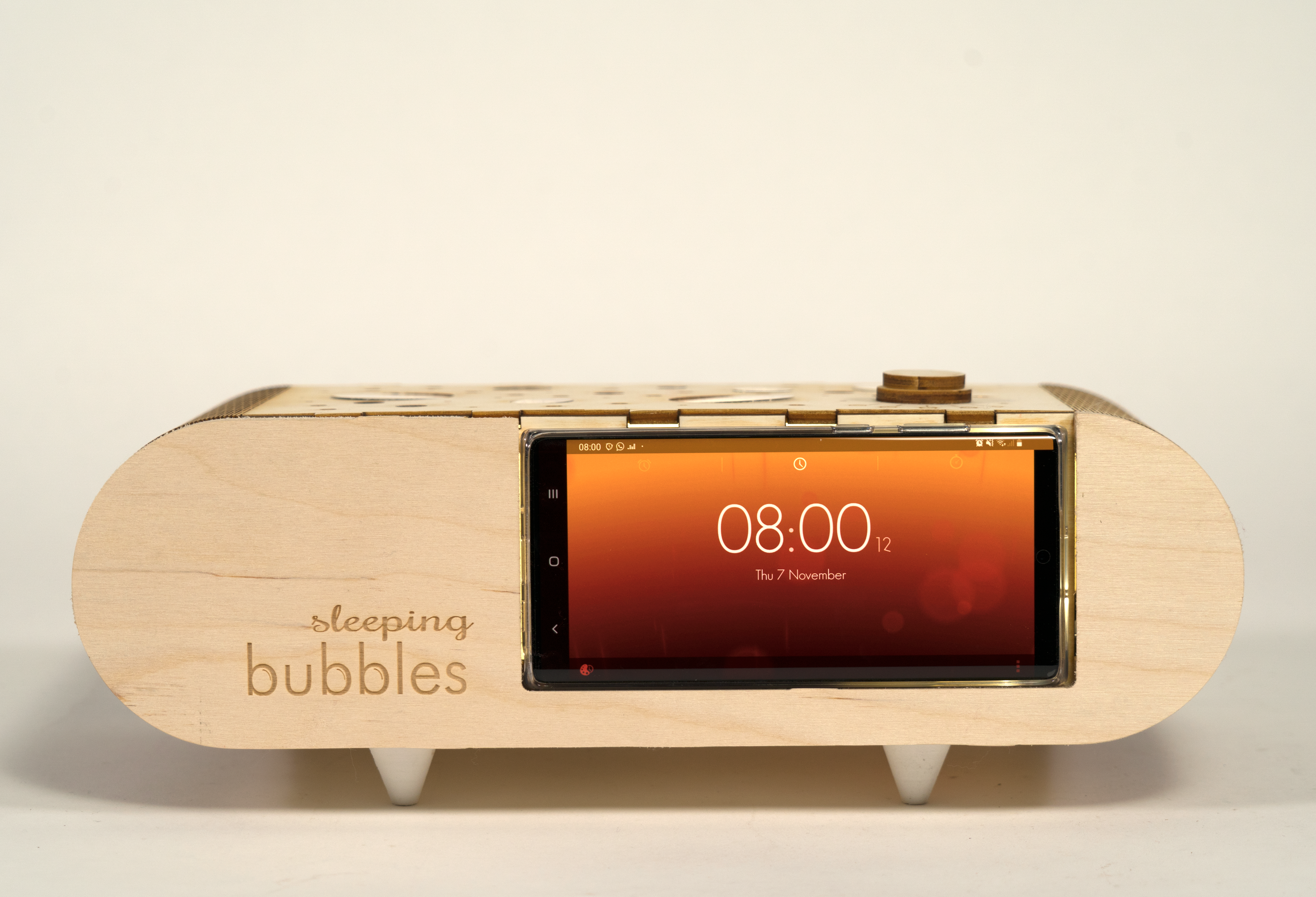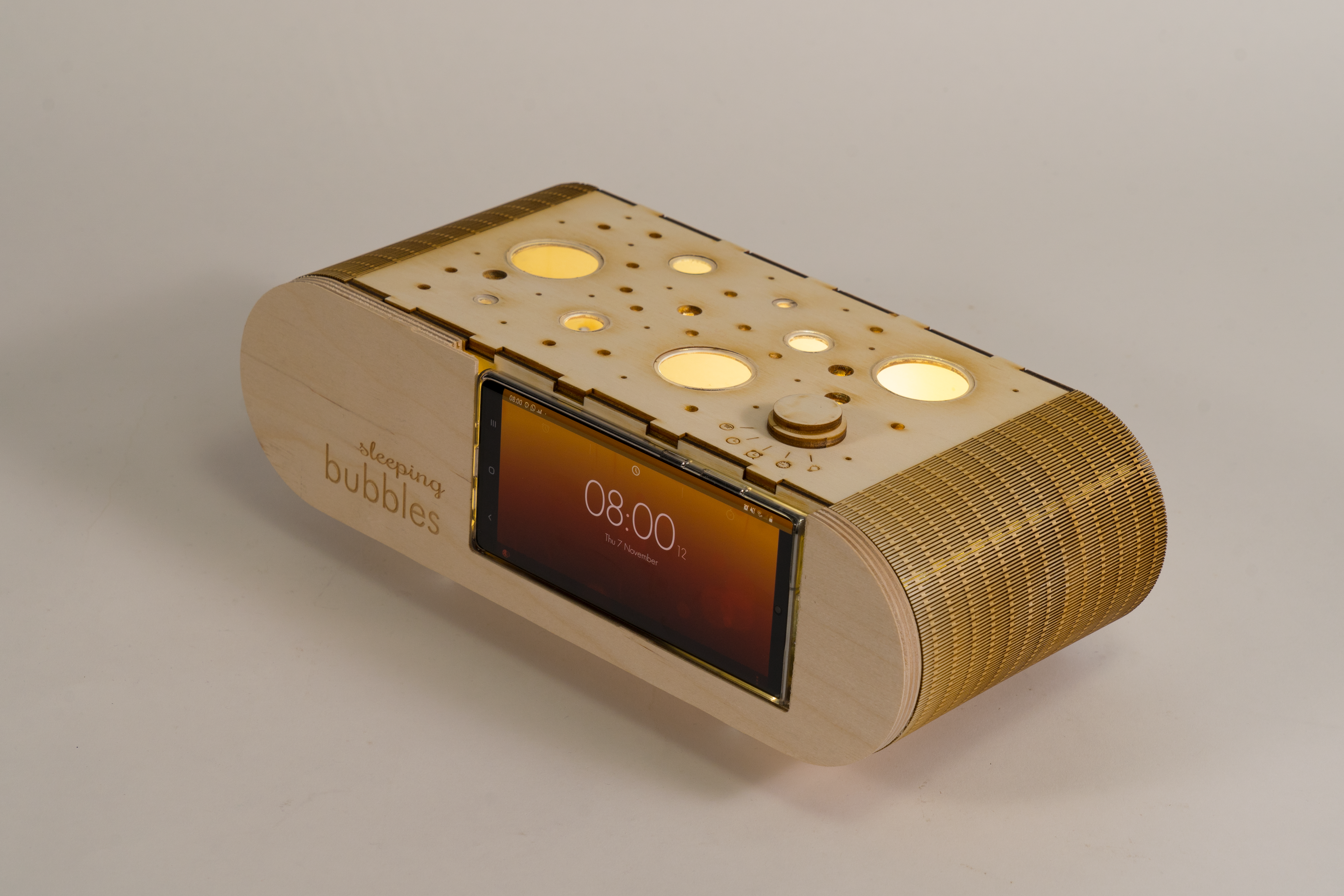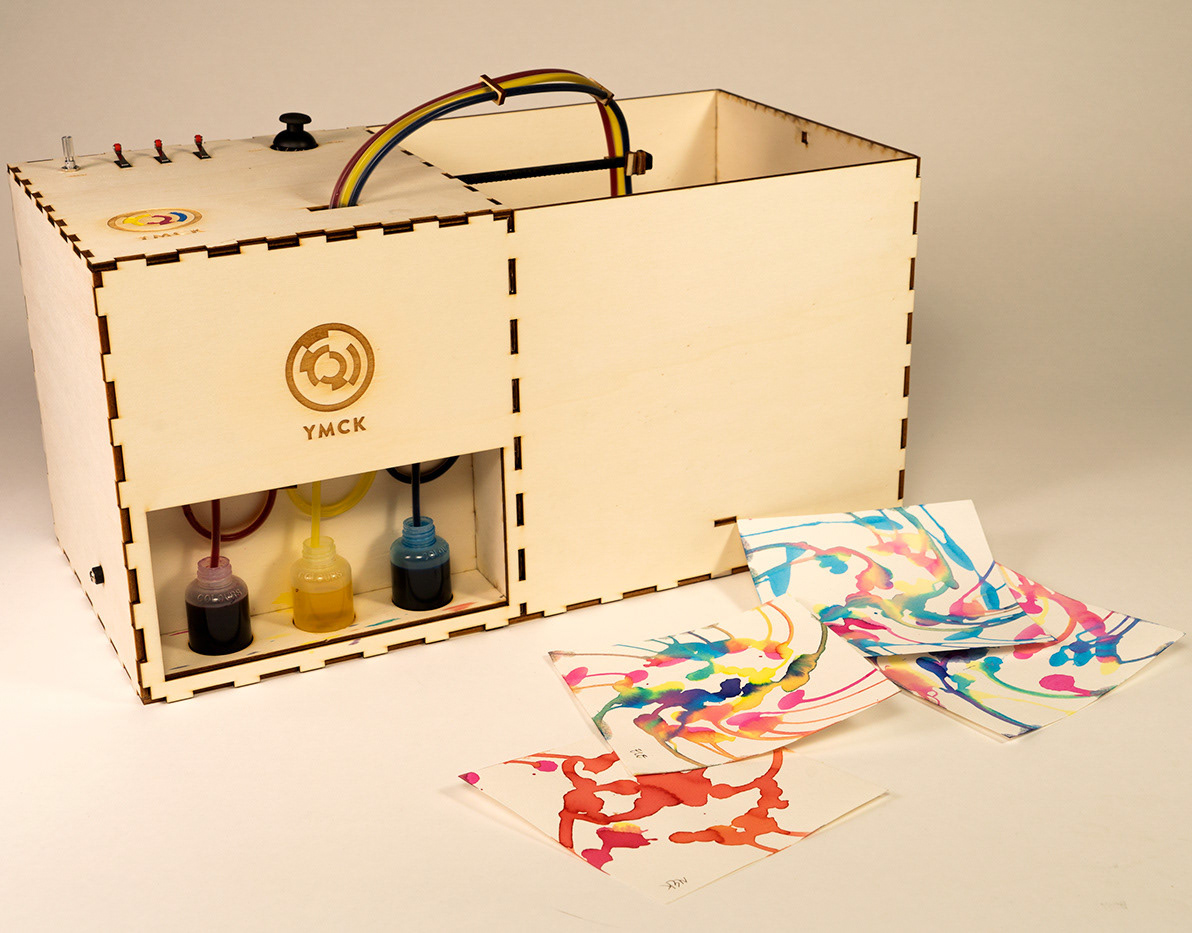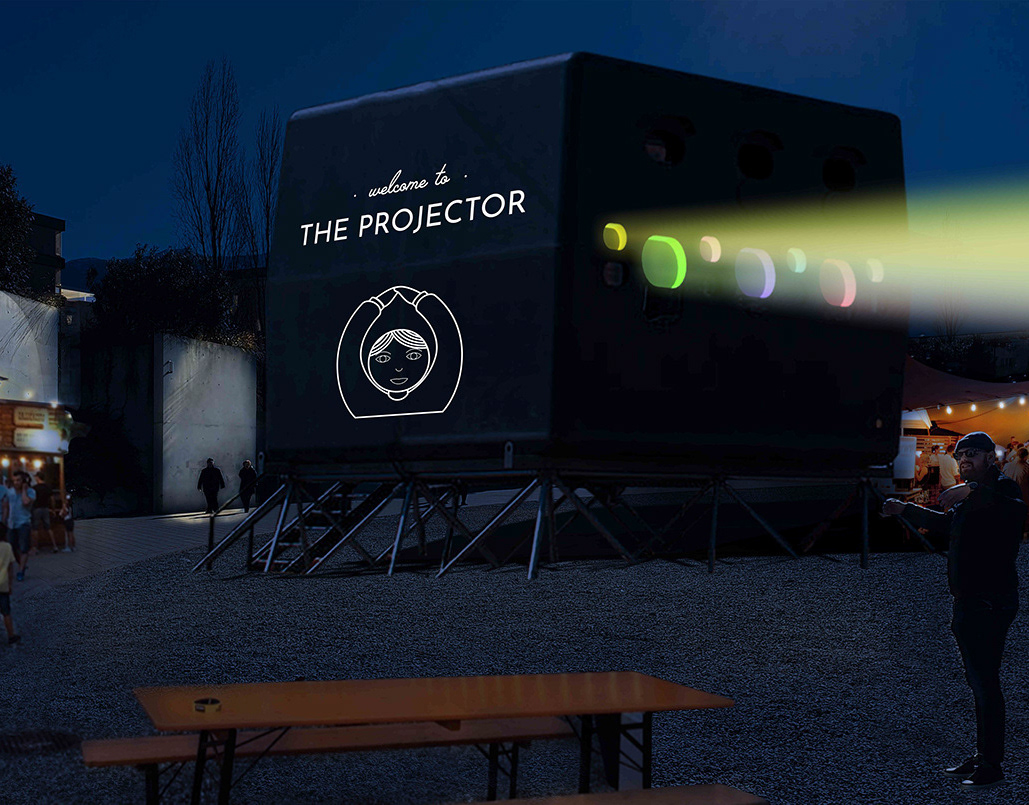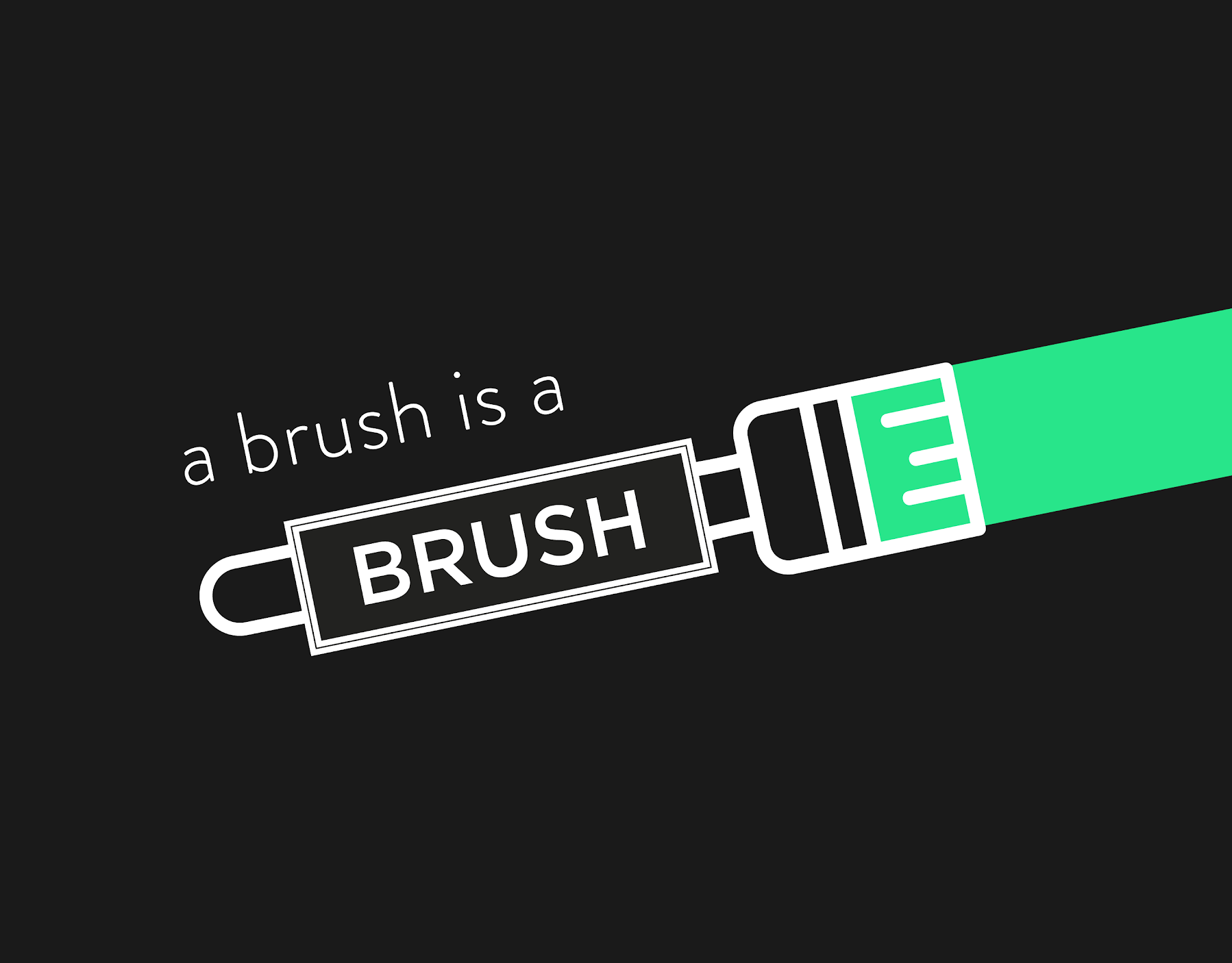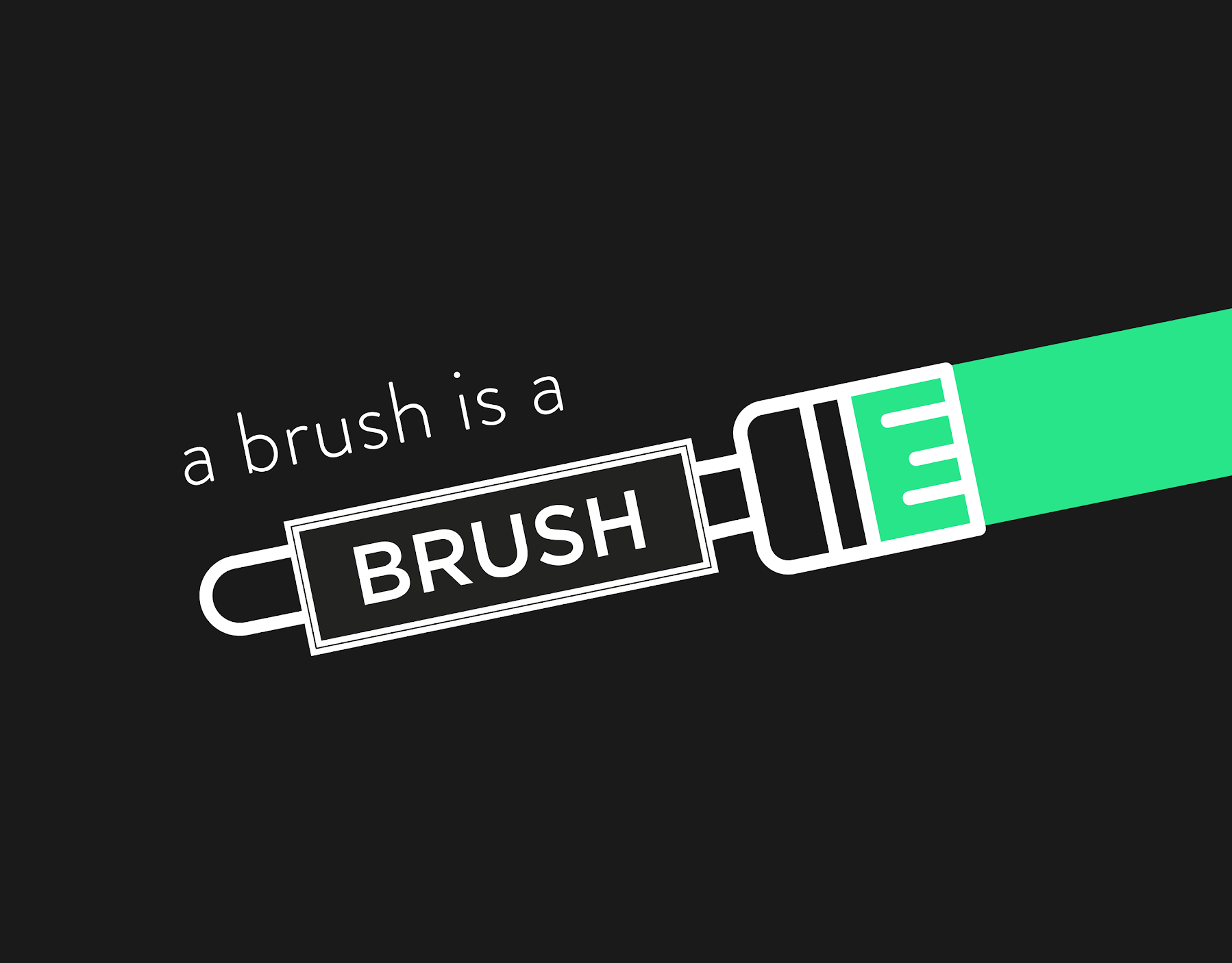Project Information:
Author: Ivana Moreno (me)
Teacher: Marco Lurati, Giovanni Profeta
Course: CAS1 - Digital Fabrication
SUPSI, MaInD, 2019/20
Tools used:
Vector diagrams: Adobe Illustrator
Image editing: Adobe Photoshop
Prototype: 3D modeling - Autodesk Fusion 360, Laser Cutter, CNC milling machine, 3D Printer, smartphone
Video editing: Adobe Premiere
Abstract
Sleeping Bubbles was created for the course of Digital Fabrication. The brief Refabricating Classics consisted in rethinking and reproducing an iconic object produced before the decades of 2000. It needed to be produced using all the three tools learned and by mixed with a currant digital device, such as smartphone or/and tablet, as the main interaction component.
Sleeping Bubbles was inspired by the iconic Panasonic RC-6003 Digital Clock Radio - The Vernon released in the 1970s. This model represents generations of families that could count on their alarm clocks to be on time for work in the morning, but with that soften music in the radio instead of the traditional annoying bell. It is this was the characteristic that draw my attention.
Structure Development
It was clear for me that Sleeping Bubbles had to connect with music as an alarm allowing the user to choose the audio streaming app of their preference. Other features, such as dimmer light awakening, timer, stopwatch, and a world clock display, would also improve it. The idea was not only to reproduce the iconic bedside alarm clock but also to update it to make it useful and interesting for nowadays generation.
Interface and interaction modality
After a closer look at the physical structure of the Panasonic RC-6003, some main characteristics were kept. The front screen where the visual interaction happened was replaced by the smartphone and enhanced by touchscreen interaction. The three different rotary selector switches for changing different radio stations, FM or AM broadcasting and setting the right clock time were simplified to one in the top for changing the different screen modes (app tabs). The top part where was the speaker was changed for a series of glass “bubbles” that enables the dimmer light awakening feature, while the speakers were to be placed on the sides.
Following the brief, all the three learned methods of digital fabrication were used. The laser cutter (subtractive manufacturing by slicing) was the mainly tool used for the object structure. The front part where the smartphone would lay down was produced using the CNC milling machine (subtractive manufacturing by rotating carving) and the laser cutter was used to engrave the project name. The feet of the object were 3D printed (additive manufacturing by melting materials).
User experience
Sleeping Bubbles was designed to be as well used by adding the user’s smartphone so it can bring life to the structure by amplifying the smartphone speaker and using its back light for the dimmer light wakening feature. The structure is adapted in the prototype to a specific smartphone, enabling as well the connection with its charger.
For this prototype it was used the combination of alarm clock applications, such as Google Clock (for the Spotify connection, daily news and google assistant), Timely (for clock display, timer and stopwatch) and Gentle Wakeup (for the dimmer light awakening). In the final product, Sleeping Bubble would have its own dedicated application.
Research and development context
For the development of this project, it was taken into consideration the history of the evolution of clocks. The choice of radio wake up alarm was made, since it was the one that changed the user’s life quality with music. The supplementary features were chosen based on the nowadays’ interesting features created for improving the sleeping quality as well as awakening process for a more productive day.
As next steps of Sleeping Bubbles, firstly it would be the development of a dedicated application with the ideated features. Secondly, the next prototype would be produced using Arduino in order to make the rotary selector switch work by connecting it to the Sleeping Bubbles’ application. Both improvements will help to understand better the user experience. A deeper study of the internal reflexion of the smartphone’s back light needs to be done to magnify the lit intensity of the dimmer light. Probably the overall shape would be reduced.
